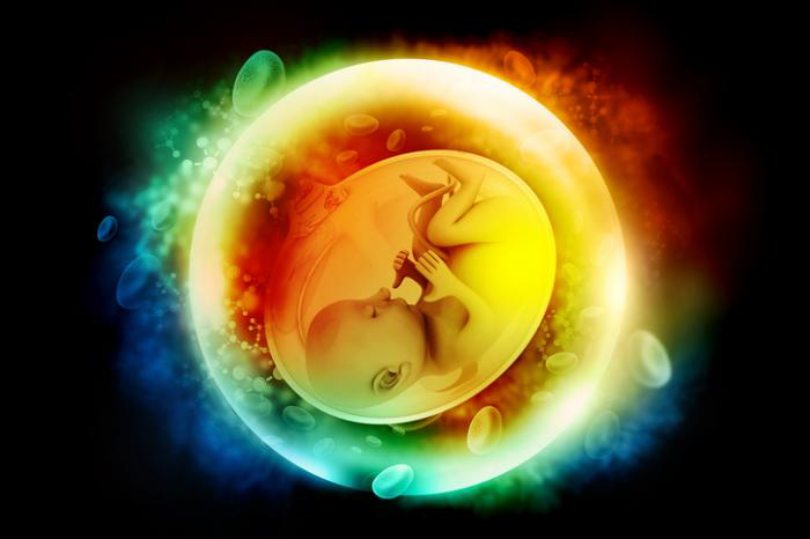We’ve all lived through a time in our lives that we still don’t know much about: early pregnancy. Now, researchers have discovered two genetic deletions that are linked to schizophrenia and probably occur during that formative phase.
A group of researchers, led by clinician-scientist Eduardo Maury of Harvard Medical School, looked through genetic information in blood samples from nearly 25,000 people who had or didn’t have schizophrenia to make the discovery.
While the two hereditary changes need further approval, the discoveries fortify an arising thought that the seeds of schizophrenia aren’t generally acquired, yet still might be procured well before somebody meets the world.
If this is the case, it makes the door to early prevention a little wider.
Schizophrenia is a serious neurological disorder that is caused by a complicated combination of genetic and environmental factors. Things like childhood trauma or viral infections may also play a role, increasing a person’s risk of developing its delusional or disordered thinking symptoms later in life.
It typically begins in early adulthood and affects one in 300 people worldwide. However, there is evidence to suggest that the physiology that causes schizophrenia originated either in the early stages of pregnancy or as a result of complications during pregnancy.
In 2017, researchers looked at bundles of lab-grown cells that looked like tiny brains and found evidence that schizophrenia may be caused by disorganized brain cells that divide too quickly and differentiate too early. In addition, in 2021, the disorder was linked to specific genes in the placenta that are active during complicated pregnancies.
Now, Maury and his colleagues have found two genes, NRXN1 and ABCB11, that appear to be linked to schizophrenia when there are no copies of these genes in the womb.
Chris Walsh, senior author and geneticist at Boston Children’s Hospital, describes the research, “We’re looking at mutations that are not inherited from the parents.”
In NRXN1 and ABCB11, the scientists found changes called duplicate number varieties, a kind of hereditary blunder where duplicates of a quality or significant length of DNA are copied or, for this situation, erased in one individual contrasted with the following.
Now and again, duplicate number varieties can be acquired, adding to around 5% of schizophrenia cases. Because they were written into a person’s genome before the fertilized egg went through its first division, those so-called germline mutations would be present in every cell of the body.
Four out of five cases of schizophrenia, according to research, can be linked to genes passed down from parents to children, with more recent studies adding to the list of known genetic links. Nevertheless, this leaves roughly 20% of cases without a clear inheritance basis.
Of the two qualities recognized in this review, Maury and associates tracked down halfway erasures of NRXN1 in five instances of schizophrenia, and none in the unaffected people of their control companion. Compared to databases based on the population, this prevalence was much higher.
When those mutations are inherited, NRXN1 has previously been linked to schizophrenia. It helps brain cells transmit signals.
At the point when changes aren’t acquired yet obtained during early turn of events or later life, they are named physical transformations. These will be passed on to the descendants of the cell that has the mutation because they appear after embryonic cells have already begun separate journeys to form the various cells that will eventually create a complete human.
Therefore, somatic mutations only occur in a small percentage of body cells; for instance cerebrum and platelets, yet not sex cells. This kind of NRXN1 mutation was discovered by Maury and colleagues.
Although a liver protein is known to be encoded by the second identified gene, its connection to schizophrenia is far less certain.
Another five cases of schizophrenia, all of which failed to respond to antipsychotic medication, were found to have deletions in the ABCB11 gene by Maury and colleagues.
Maury of ABCB11 says, “That one came out of nowhere for us.” Although mutations in this gene have been linked to treatment-resistant schizophrenia in some studies, it has not been strongly linked to schizophrenia itself.”
The researchers conclude that these two genes’ mutations “may contribute a small but significant part of the genetic architecture of schizophrenia” when taken together.
To determine the exact amount, additional research is required.




